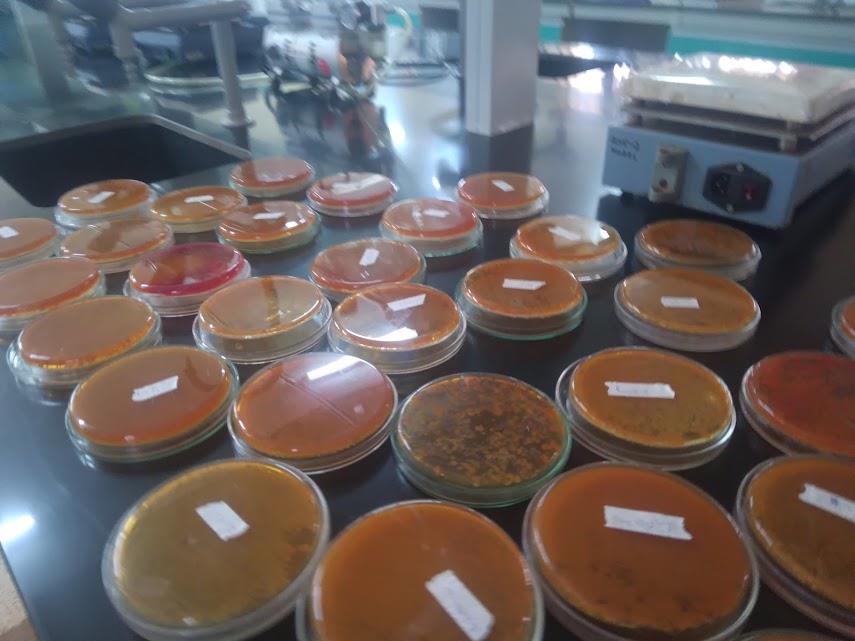Impact of pit latrines on enteric-pathogen and physicochemical contamination of groundwater in Tigania West Sub-County (Kenya)

Groundwater contamination is a global concern, posing risks to public health and ecosystems. In Kenya, particularly in rural areas, groundwater contamination is a pressing issue due to use of pit latrines. The study examined the sites of pit latrines versus the location of groundwater sources and the persistence of waterborne diseases, isolated and identified enteric pathogens from groundwater, determined physicochemical properties of the groundwater and evaluated their compliance with WHO drinking water quality guidelines in Tigania West Sub County, Kenya. The study employed a cross-sectional study design. A sample size of 96 households, randomly selected in wards was used. The study revealed significant associations between pit latrine proximity to groundwater sources and waterborne disease prevalence. The correlation coefficient (r = 0.71) indicated a positive significant relationship between the proximity of pit latrines and waterborne infections (p-value=0.001). Enteric pathogens (total coliforms, E. coli, Salmonella, Shigella, Staphylococcus aureus, Streptococcus faecalis and Helminths) were detected in groundwater samples, indicating contamination. The between enteric pathogen prevalence and waterborne infections was statistically significant (r = 0.64, p-value=0.001). Physicochemical analysis revealed deviations from WHO guidelines, highlighting potential health risks. For example, in Mbeu ward, 93.33% of groundwater samples had optimal pH levels of 6.5-8.5. ANOVA results indicated variability across wards, while Chi-square results suggested that enteric pathogen presence did not significantly depend on Biological Oxygen Demand levels. The study concluded that, considerable proportion of pit latrines were located in close proximity to water sources, below 30m, raising concerns about potential faecal contamination of groundwater. The study recommended situation of pit latrines at safe distances from groundwater sources and maintenance to keep them safe for use.

